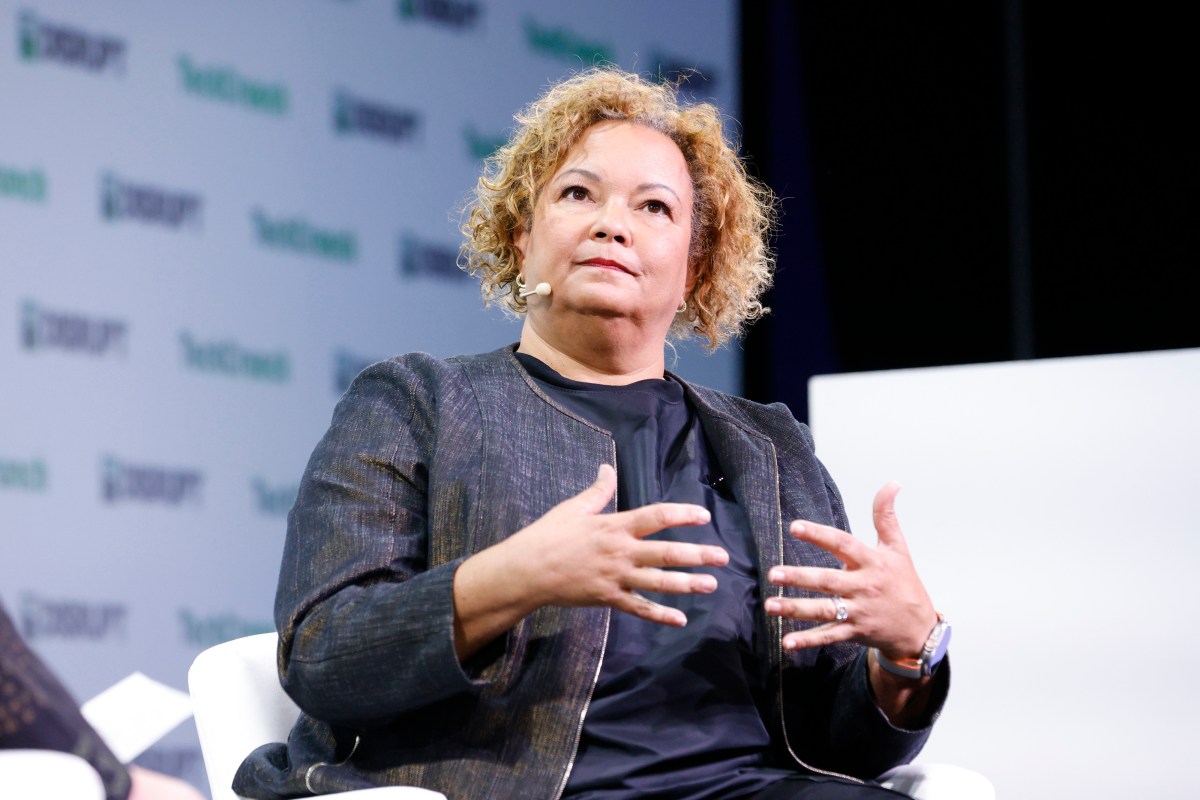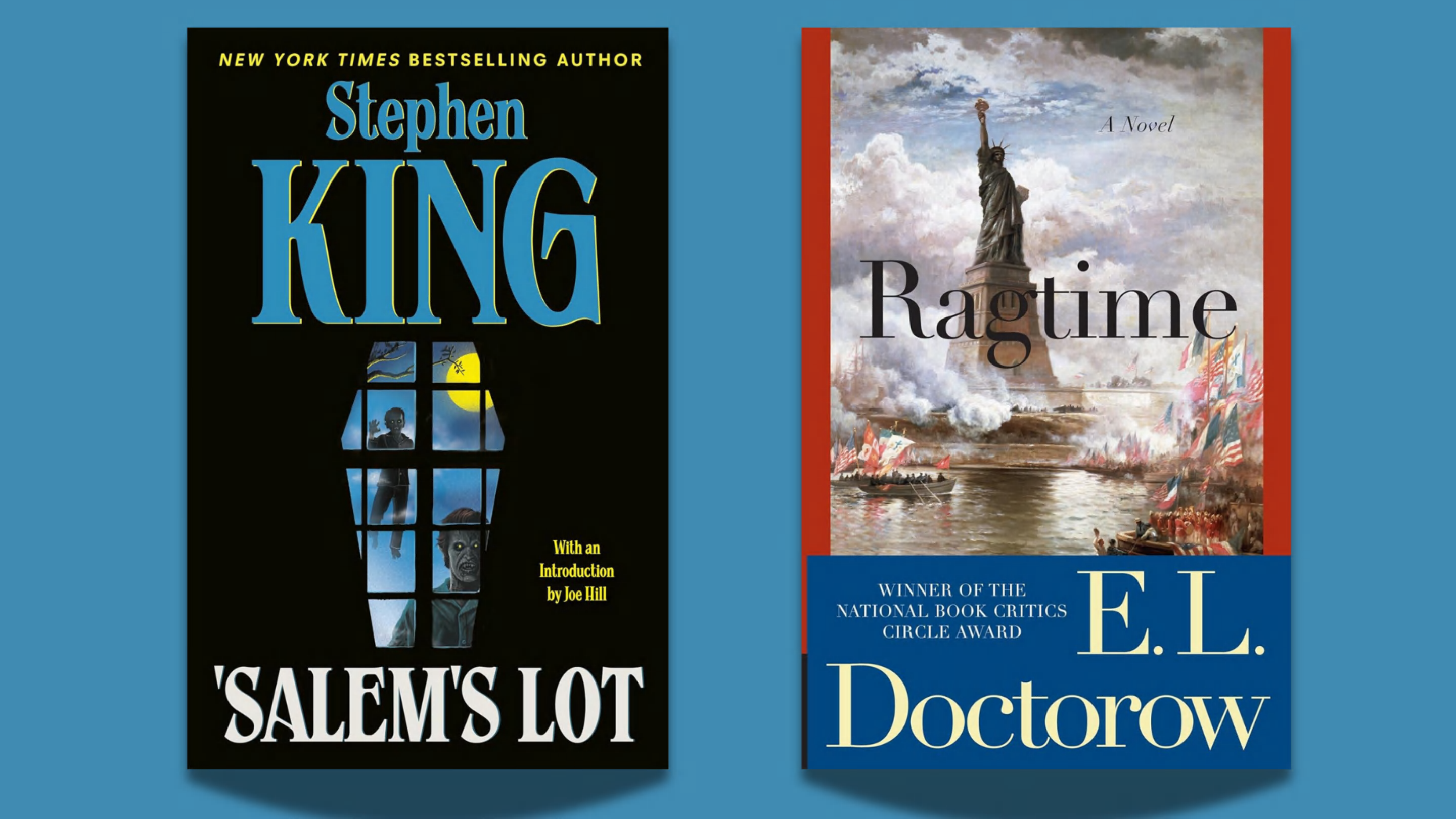
www.brighteon.com
BREAKING: GOLD & SILVER MAKE HISTORY! - Both Hit All Time Highs As Economy Collapses!
BUY GOLD HERE:https://firstnationalbullion.com/schedule-consult/ Avoid CBDCs and work with Mark Gonzales!HELP SUPPORT US AS WE DOCUMENT HISTORY HERE:https://gogetfunding.com/help-keep-wam-alive/# Josh Sigurdson talks with Mark Gonzales about the massive historic move towards gold and silver as we actually see shortages.With gold breaking $4200 and silver hitting $60, we are in uncharted territory. Even banks like Goldman Sachs are maintaining that gold will hit $4900 per ounce as we see historic central bank buying.With the odds of the Federal Reserve cutting interest rates again this month rising, this is also pumping up the number of bullion and Bitcoin.However, more importantly, people need to start personally insuring their wealth versus the imploding economy as inflation skyrockets despite false official numbers. Simultaneously, banks are bankrupt. Cash to deposit ratios are below 1%. Derivative exposures are sky high. The FDIC itself is bankrupt. And with that, we see the not so subtle launch of the digital system, with digital IDs and CBDCs launched worldwide, forcing people into an economic trap that is nearly inescapable once inside.Banks continue the age old practice of market manipulation with bullion but the long term is what people need to be focusing on. Zoom out.It's not an investment. It's not about possibly buying the top. Inflation will continue to get worse and zooming out 2 or 3 years, considering gold and silver are wealth insurance, your money should be insured against the dollar.Mark breaks down how this is happening and what we should expect in the coming months and years.Stay tuned for more from WAM!Get Your SUPER-SUPPLIMENTS HERE:https://vni.life/wam Use Code WAM15 & Save 15%!Life changing formulas you can't find anywhere else!GET HEIRLOOM SEEDS & NON GMO SURVIVAL FOOD HERE:https://heavensharvest.com/ USE Code WAM to save 5% plus free shipping!Get local, healthy, pasture raised meat delivered to your door here:https://wildpastures.com/promos/save-20-for-life/bonus15?oid=6&affid=321 USE THE LINK & get 20% off for life and $15 off your first box!DITCH YOUR DOCTOR!https://www.livelongerformula.com/wam Get a natural health practitioner and work with Christian Yordanov! Mention WAM and get a FREE masterclass! You will ALSO get a FREE metabolic function assessment!GET YOUR APRICOT SEEDS at the life-saving Richardson Nutritional Center HERE:https://rncstore.com/r?id=bg8qc1 Use code JOSH to save money!SIGN UP FOR HOMESTEADING COURSES NOW:https://freedomfarmers.com/link/17150/ Get Prepared & Start The Move Towards Real Independence With Curtis Stone's Courses!GET YOUR WAV WATCH HERE:https://buy.wavwatch.com/WAM Use Code WAM to save $100 and purchase amazing healing frequency technology!GET ORGANIC CHAGA MUSHROOMS HERE:https://alaskachaga.com/wam Use code WAM to save money! See shop for a wide range of products!GET AMAZING MEAT STICKS HERE:https://4db671-1e.myshopify.com/discount/WAM?rfsn=8425577.918561&utm_source=refersion&utm_medium=affiliate&utm_campaign=8425577.918561 USE CODE WAM TO SAVE MONEY!GET YOUR FREEDOM KELLY KETTLE KIT HERE:https://patriotprepared.com/shop/freedom-kettle/ Use Code WAM and enjoy many solutions for the outdoors in the face of the impending reset!PayPal: ancientwonderstelevision@gmail.comFIND OUR CoinTree page here:https://cointr.ee/joshsigurdson PURCHASE MERECHANDISE HERE:https://world-alternative-media.creator-spring.com/ JOIN US on SubscribeStar here:https://www.subscribestar.com/world-alternative-media For subscriber only content!Pledge here! Just a dollar a month can help us alive!https://www.patreon.com/user?u=2652072&ty=h&u=2652072 BITCOIN ADDRESS:18d1WEnYYhBRgZVbeyLr6UfiJhrQygcgNUWorld Alternative Media2025
















